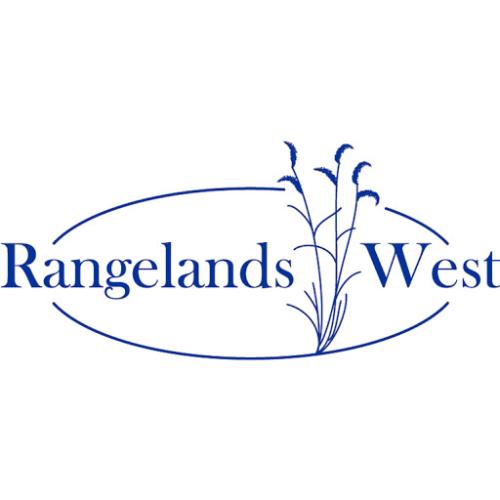Grassland butterflies contribute to the larger group of pollinating insects that are vital for continued plant production and food security in agroecosystems. However, grassland butterflies, along with overall biodiversity, are experiencing widespread declines due to global change factors such as landscape fragmentation, climate change, and agricultural intensification. Research and conservation efforts have therefore increased to mitigate dramatic declines of grassland butterflies. Yet, a large amount of baseline information in unknown for butterflies in the mixed-grass prairie region of the Northern Great Plains, especially for obligate species that wholly depend on grasslands to complete their life cycle. We initiated a study to increase the baseline knowledge and availability of rigorous data to inform conservation by investigating 1) butterfly survey methodology, 2) local and landscape influences on butterfly density, 3) invasive plant species impacts on butterfly communities, and 4) butterfly behavior responses to vegetation. We found that visual encounter surveys (VES) and line-transect distance sampling (LTDS) were complementary methods that should be used in butterfly research to improve the availability of quantifiable data. Even though VES were more efficient at detecting individual butterflies, LTDS provided a rapid way to estimate true density estimates for butterflies. Using LTDS density estimates to model species responses to local and landscape variables, we determined that maintaining large grasslands at the landscape level and promoting heterogeneous plant communities and structure at the local level would help conserve obligate grassland butterflies. One way to promote heterogeneous plant communities is to reduce the cover of invasive plant species. Otherwise, flowering forb and plant species richness decline and butterfly communities shift to fewer obligate butterflies. We can better understand butterfly specie' declines by incorporating behavioral surveys at the site level. In doing so, we found that monarch behaviors associated with utilizing a site (e.g., nectaring, ovipositing) did not increase as milkweed (obligate host plant) cover increased because nectar resource availability decline. Overall, maintaining large, heterogeneous grasslands and identifying management strategies like fire and grazing to increase host and nectar resource availability will benefit the largest number of grassland butterflies.

Articles, citations, reports, websites, and multimedia resources focused on rangeland ecology, management, restoration, and other issues on American rangelands.